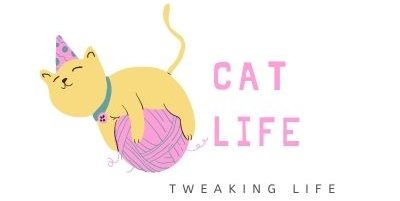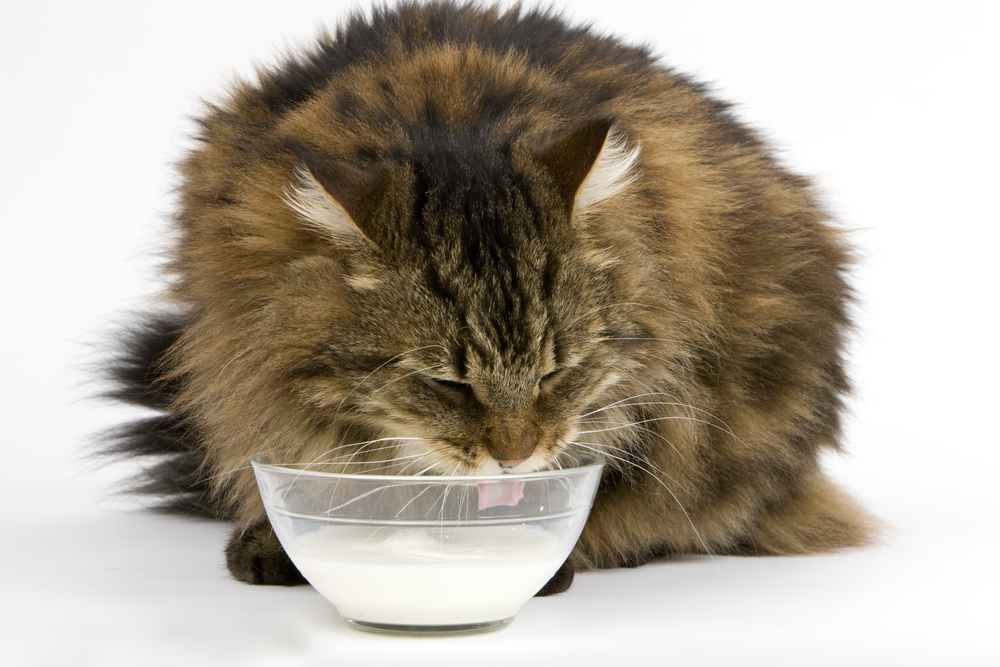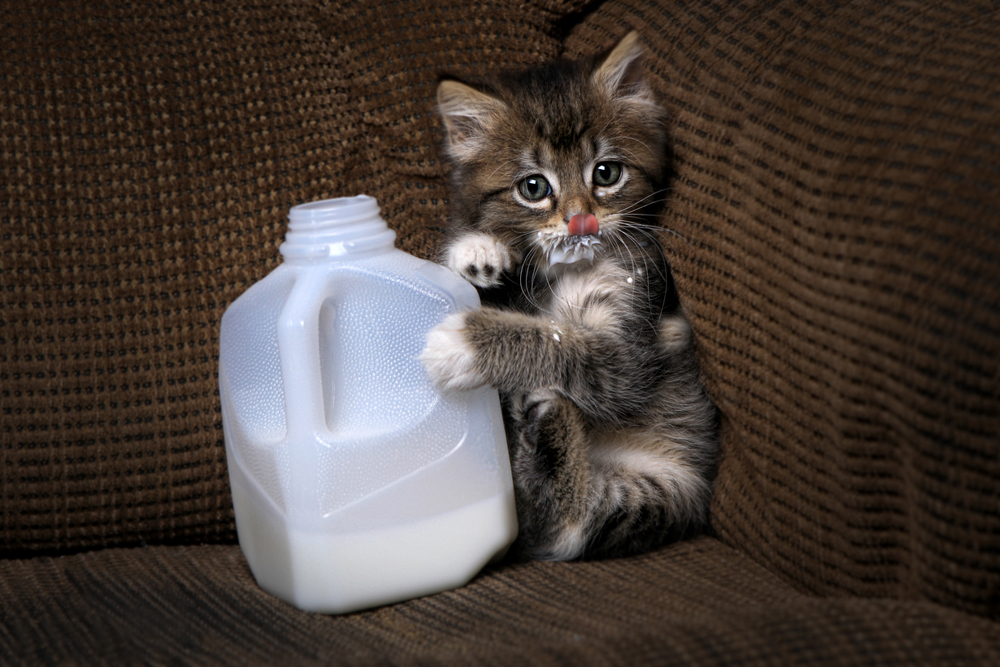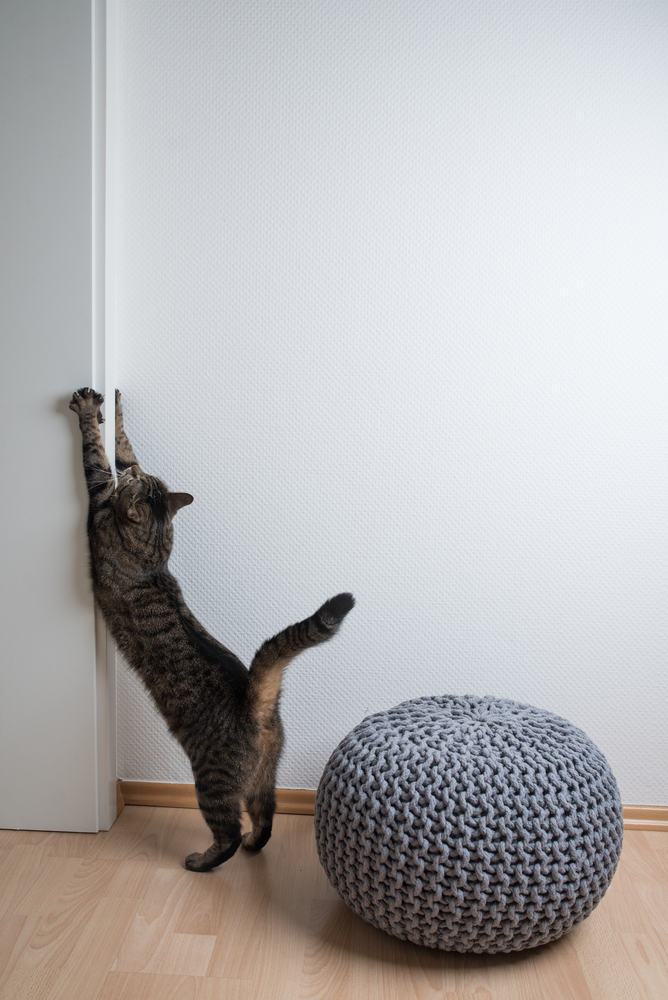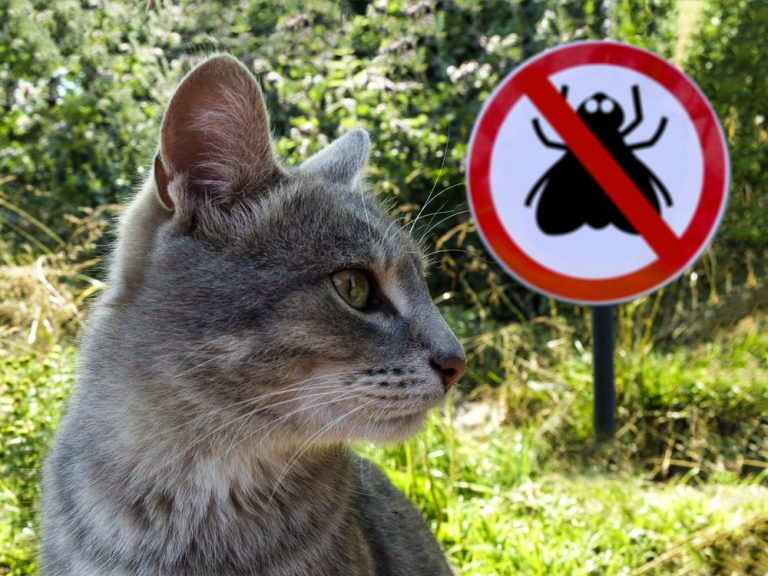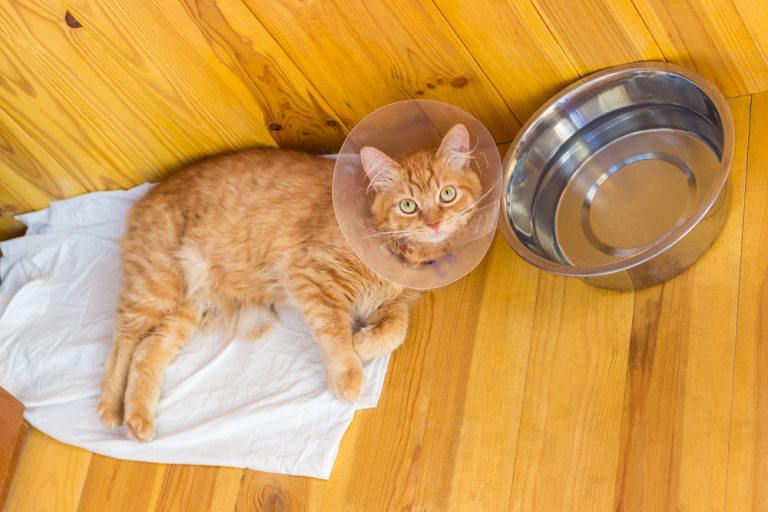Can Cats Drink Rice Milk? Safe Alternatives for Your Cat
There has been some banter online with cat purrents opting to try plant-based milk on their kittos.
Seeing most cats are actually lactose intolerant, this can be a great idea. One option is rice milk. But, can cats drink rice milk? Is it safe for them? I did some research and here are my findings.
What is rice milk?
Rice milk is made from milled white or brown rice and water. It is usually fortified with vitamins and minerals, including calcium, vitamin B12, and vitamin D.
Can cats drink rice milk?
Absolutely! Rice milk is safe for cats if used in moderation.
Can kittens drink rice milk?
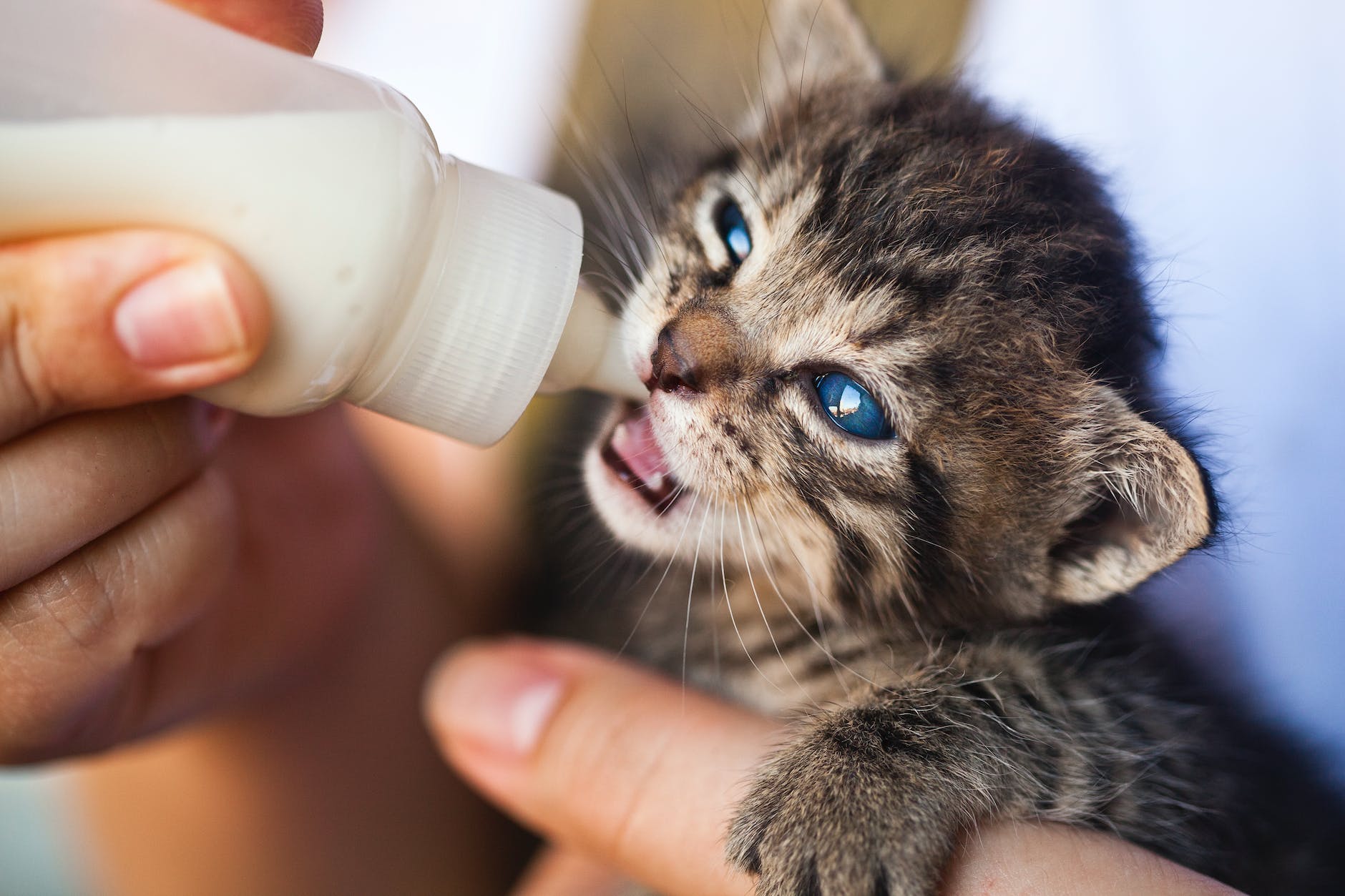
What are the benefits of rice milk for cats?
1. A good source of hydration for cats
Rice milk is a good source of hydration for cats because it is high in water content. It is packed with nutrients and electrolytes that can help keep your cat hydrated and healthy.
Cats are obligate carnivores and as such their bodies are designed to digest meat. Their kidneys cannot eliminate water as quickly as other substances so it accumulates in the blood stream and causes dehydration. This is where rice milk comes in saving the day with its water content.
2. Packed with nutrients for cats
3. Rice milk is also rich in vitamins and minerals that are essential for your cat’s health. Vitamins A, B, and D are all present in rice milk, which can help keep your cat’s fur shiny and healthy looking.
Minerals such as calcium and phosphorus are also found in rice milk, which can help keep your cat’s bones strong.
One cup (240 ml) of unsweetened rice milk contains:
Calories: 130
Fat: 2 grams
Protein: 1 gram
Carbs: 27 grams
Fiber: 0 grams
Sugar: 0 grams
| Nutrient | % of daily calories needs |
| Protein | 0.98% |
| Lipid fat | 3.4% |
| Calcium | 0.41% |
| Magnesium | 0.04% |
| Phosphorus | 0.2% |
| Potassium | 0.09% |
| Sodium | 0.14% |
Additionally, the carbohydrates in rice milk can help your cat stay active and playful.
Need to calculate the carbs your cat needs? Check out this cool carb calculator.
3. Milk lacks lactose and is a hypoallergenic option for cats
Rice milk is a good alternative for cats who are lactose intolerant or have allergies to cow’s milk or soy milk. This is because it is lower in lactose, fat, calories, cholesterol and easier to digest.
Additionally, it is also less likely to cause stomach upset than other types of milk.
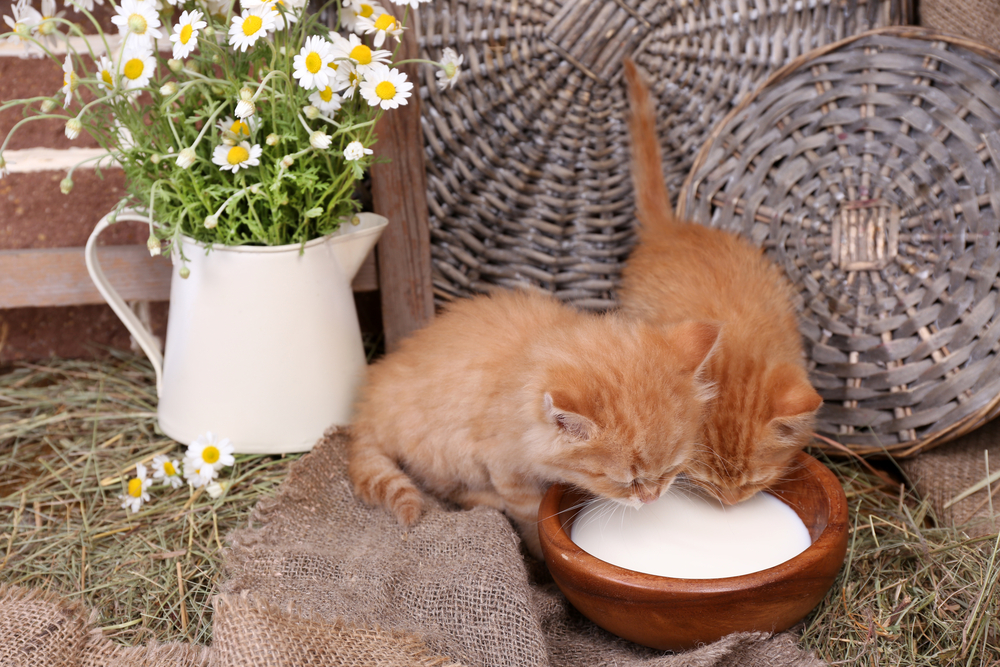
4. Helps with diarrhea
Rice milk is soft and easy on the stomach, especially for cats suffering from diarrhea. It is plant-based milk that is high in fiber and low in sugar and is also low in lactose, which is a milk sugar.
How to make rice milk for cats?
Rice milk is a great alternative to dairy milk for cats who are lactose intolerant or have allergies to dairy. It’s easy to make at home with just a few ingredients.
Start by cooking rice according to package directions. Once the rice is cooked, blend it in a blender with water until it reaches the desired consistency.
You can add more or less water depending on how thick or thin you want the milk to be.
Pour the mixture through a fine mesh strainer into a large bowl, pressing down on the solids with a spoon to extract as much liquid as possible.
Finally, pour the strained milk into a clean jar or bottle and store in the fridge for up to 5 days
What are the dangers of giving cats rice milk?
1. Cats may be allergic to rice milk
Cats may be allergic to rice milk and may experience symptoms such as vomiting, diarrhea, and abdominal pain.
If your cat experiences any of these symptoms, it is important to seek medical attention immediately.
Treatment:
If your cat is diagnosed with an allergy to rice milk, the treatment will likely involve avoidance of the allergen. This means that you will need to find an alternative source of nutrition for your cat.
Your veterinarian can help you determine the best diet for your cat based on their individual needs.
2. May contain unhealthy levels of sugars
When rice is cooked, the starch in the rice breaks down into glucose and galactose. These sugars are then combined with milk proteins to create milk.
Although rice milk is a healthy beverage, it may have unhealthy levels of sugars. It can contain as much as 26 grams of sugar per cup.
Too much sugar can lead to weight gain, cavities, and other health problems.
3. May contain unhealthy levels of fats
Rice milk may also contain unhealthy levels of fats. Fatty acids can be absorbed through the skin and into the bloodstream, where they can harm the liver.
How to wean a cat off of rice milk?
1. Talk to your veterinarian
When weaning a cat off of rice milk, it’s important to talk to your veterinarian first. They will be able to give you specific advice based on your cat’s individual needs.
2. Introduce new food gradually
The weaning process should be gradual, so start by mixing decreasing amounts of water with rice milk until your cat is only drinking rice milk. This will help your cat get used to the new taste and texture.
Alternatively, you can substitute rice milk for part of another type of milk. Then, slowly decrease the amount of the other milk type until your cat is no longer drinking it.
3. Be patient
Our furry friends love routine and we have to give it to them. So changing their diet will take time and they will wean themselves off of rice milk when they are ready.
4. Monitor your cat’s health
Cats are masters at hiding their pain and illness, so it’s important to be vigilant about monitoring their health.
Look for changes in eating and drinking habits, bathroom behavior, energy levels, and activity level. Any sudden or drastic changes could be a sign of a health problem.
If you notice any changes in your cat’s health, it’s important to take them to the vet right away. Early diagnosis and treatment can make a big difference in your cat’s prognosis.
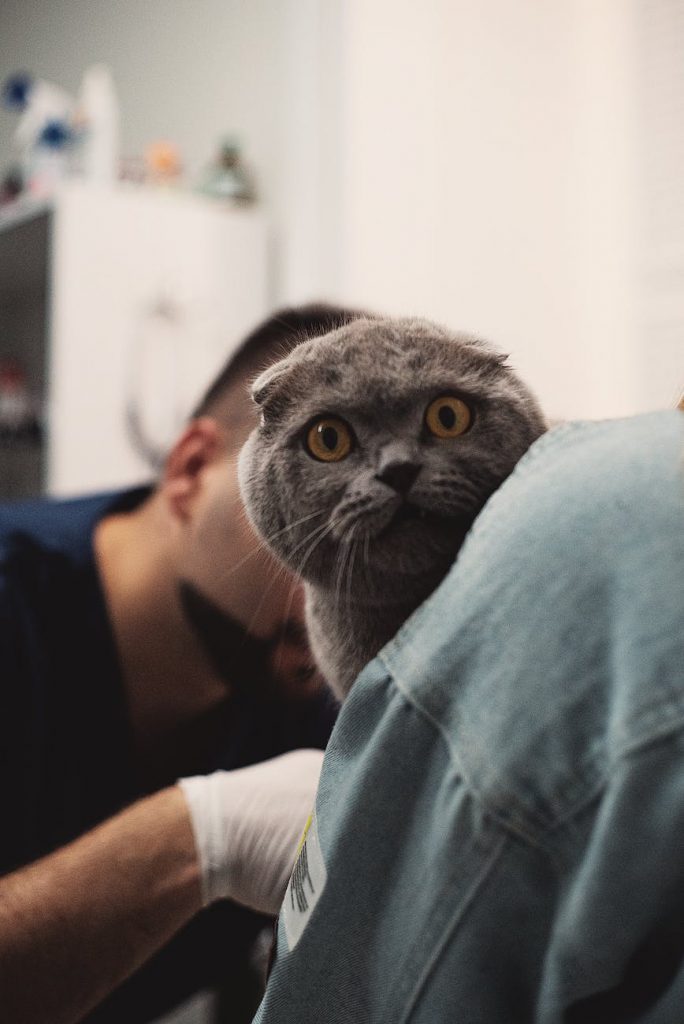
Are there any other plant milk substitutes for cats?
1. Soy milk for cats
The most common alternative to cow’s milk is soy milk. Soy has a lot of the same nutrients as cow’s milk and much higher levels of omega-3 fatty acids, which are important for the overall health of your cat. However, soy is a plant product and cats are often allergic to it.
Benefits:
Soy milk does have some benefits for cats. It is a good source of protein and essential nutrients, and it is also low in calories. This makes it an ideal choice for overweight or diabetic cats.
Additionally, soy milk contains no lactose, so it is suitable for cats who are intolerant to this sugar.
Drawbacks:
However, there are also some drawbacks to feeding soy milk to your cat. One concern is that it contains phytoestrogens, which are plant-based hormones that can mimic estrogen in the body.
This could potentially disrupt your cat’s hormone balance and lead to health problems down the road.
Additionally, soy milk may not provide all of the nutrients that your cat needs in order to stay healthy. For this reason, you should consult with your veterinarian before making the switch to soy milk
2. Almond milk for cats
Almond milk is safe for cats to consume in moderation. However, it is important to note that almond milk does contain lactose, so it is not suitable for cats who are intolerant.
Benefits:
Almond milk provides a number of benefits for cats, including being a good source of hydration, being low in calories, and providing essential nutrients such as vitamin E and calcium.
Additionally, almond milk can help to keep your cat’s fur healthy and shiny.
Drawbacks:
There are some Drawbacks to using Almond Milk as a Cat food alternative. Almond milk is high in calories and can be a choking hazard for cats.
Oat milk is a good option for cats because it is low in calories and has a bland flavor that can be adjusted to taste.
3. Cats can drink oat milk
Oat milk is a good source of essential nutrients like vitamins, minerals, and antioxidants. It is also lower in lactose than cow’s milk, which is good for cats as they have a dairy intolerance.
Additionally, oat milk can help to soothe an upset stomach and can be used as a natural lax
Drawbacks:
Oat milk is high in calories and can be a bad diet for cats. It also contains protein, which can be difficult for cats to digest.
Finally, oat milk is not as popular as rice milk because it can be difficult to find and it has a slightly different flavor.
4. Coconut milk for cats
There are many benefits to coconut milk for cats. It is a natural source of electrolytes, which can help keep your cat hydrated.
Lauric acid, which is found in coconut milk, has antibacterial and antiviral properties. Coconut milk is also a good source of essential fatty acids and vitamins A, B, and C.

Drawbacks:
Coconut milk is safe for cats to consume in moderation. However, it is important to note that coconut milk does contain fat and calories, so it should not be used as a replacement for regular cat food.
How to store rice milk for cats?
1. In the fridge
Rice milk can be stored in the fridge for up to 2 days. If you are using it as a dairy alternative, it is best to use it within this time frame. After opening the carton, be sure to store rice milk in an airtight container.
2. In the freezer
Rice milk can be stored in the freezer for up to 6 months. To thaw, simply place the frozen milk in the refrigerator overnight.
Make sure to put it in a container that is big enough so that it can expand as it freezes.
3. When storing rice milk, make sure to use an airtight container
An airtight container helps to keep the milk fresh and prevent it from spoiling.
4. Always check the expiration date before giving rice milk to your cat
Always check the expiration date before giving rice milk to your cat. Rice milk is a healthy drink for cats, but it can be harmful if it is expired. Rice milk can spoil and cause your cat to become sick.
To extend the shelf life of opened rice milk, keep it refrigerated and covered.
How often can cats drink rice milk?
Cats can drink rice milk as often as they want, but it is important that they do not consume too much of the liquid. It should be given in small servings and limited to three cups per day.
How much rice milk should you give your cat?
A small amount of rice milk is all that is needed to keep your cat hydrated and healthy. It is best to give them no more than 1/4 cup per day.
How should I serve my cat some rice milk?
When serving rice milk to your cat, be sure to dilute it with water in a 1:1 ratio. You can also add a little bit of honey or maple syrup to sweeten the milk if desired.
